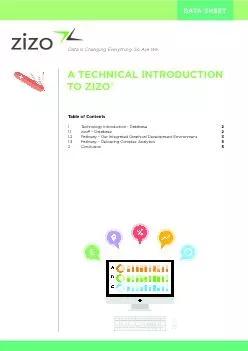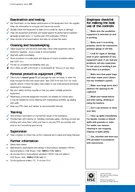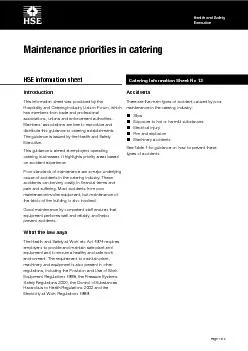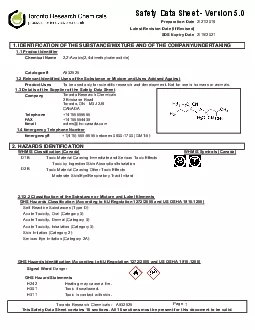PDF-DATA SHEET
Author : jocelyn | Published Date : 2021-07-01
Data Is Changing Everything So Are WeFor further information01908 366662or 07894 762766 matthewnapletonzizocoukwwwzizocoukTECHNOLOGY INTRODUCTION13 Pathway 150 Delivering
Presentation Embed Code
Download Presentation
Download Presentation The PPT/PDF document "DATA SHEET" is the property of its rightful owner. Permission is granted to download and print the materials on this website for personal, non-commercial use only, and to display it on your personal computer provided you do not modify the materials and that you retain all copyright notices contained in the materials. By downloading content from our website, you accept the terms of this agreement.
DATA SHEET: Transcript
Download Rules Of Document
"DATA SHEET"The content belongs to its owner. You may download and print it for personal use, without modification, and keep all copyright notices. By downloading, you agree to these terms.
Related Documents














